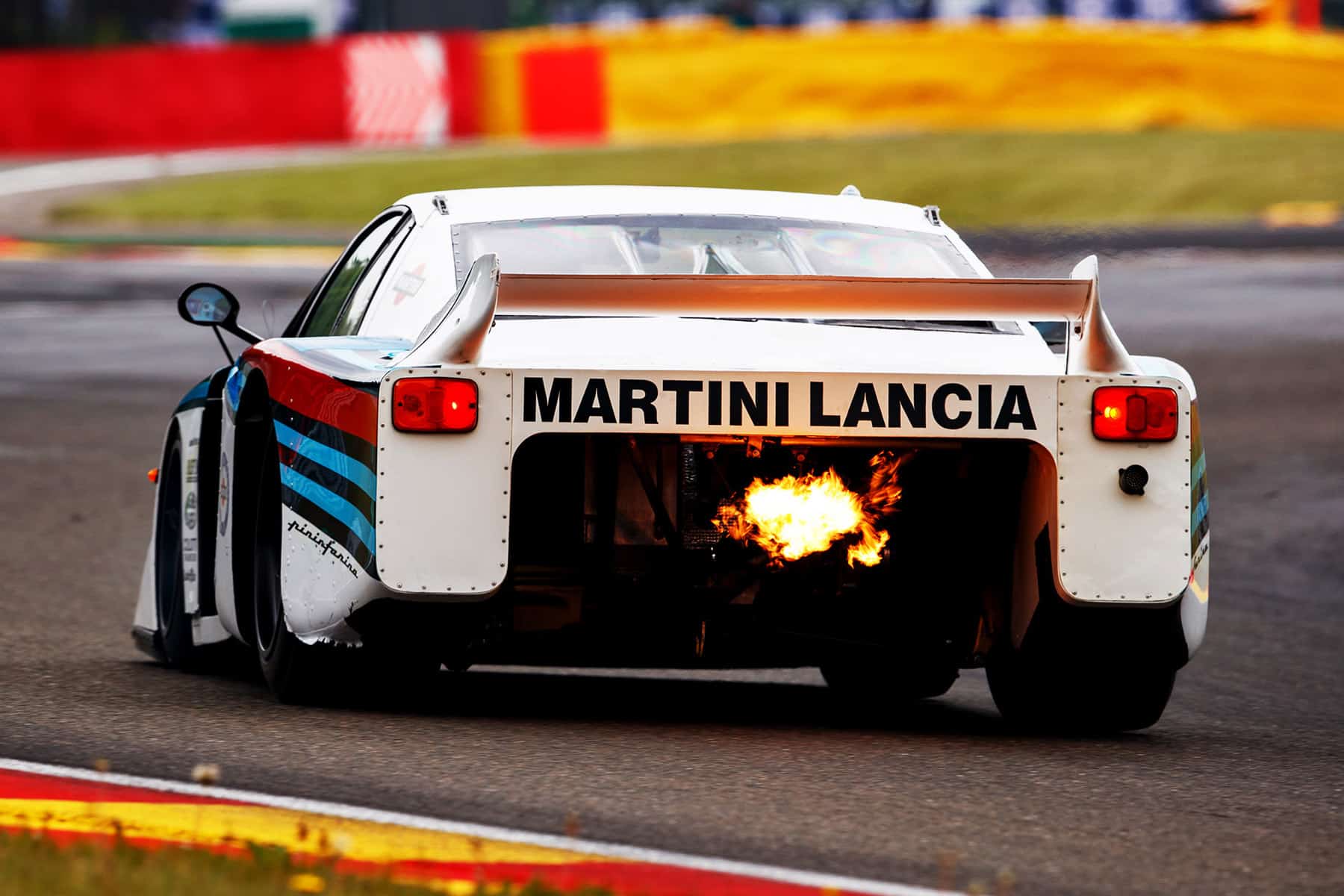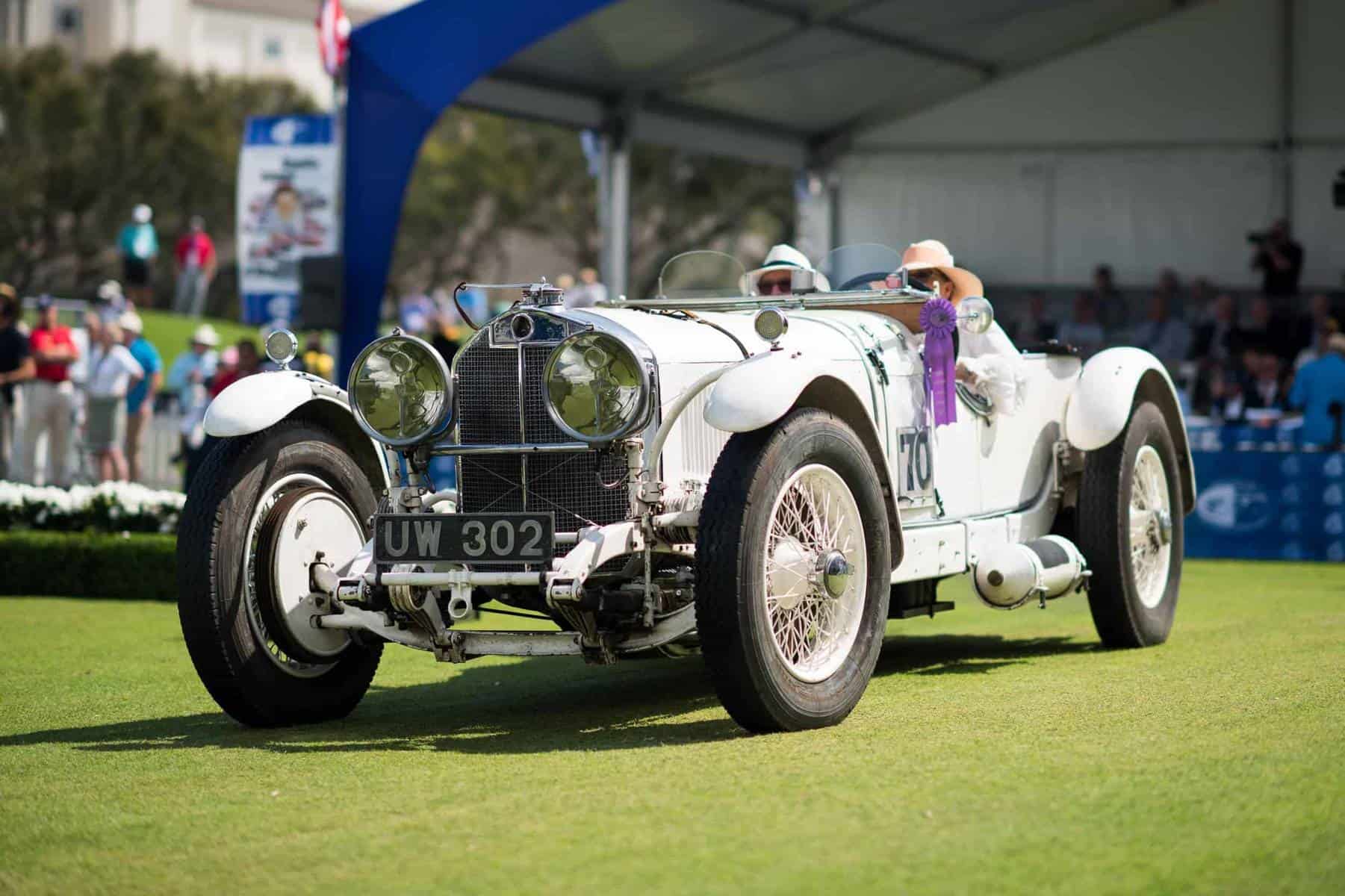
Missing the Spa Classic
A look back at the rich history of a high-speed track
BY: WOUTER MELISSEN
Snaking its way through the Belgian Ardennes, the Circuit de Spa-Francorchamps features prominently on the favorites list of many racing enthusiasts, not only because of the undulating, high-speed layout but also of the rich racing history of the track.
During the last century, the Belgian circuit has hosted top-level sports car, touring car, and Grand Prix races. Still on the roster today are the Formula 1 Grand Prix, the FIA World Endurance Championship six-hour race and the Spa 24 Hours for GT machinery. Since 2011, this diverse history has been celebrated with the annual Spa Classic. Since the tenth edition was cancelled, here we take a look back at some of the previous editions.
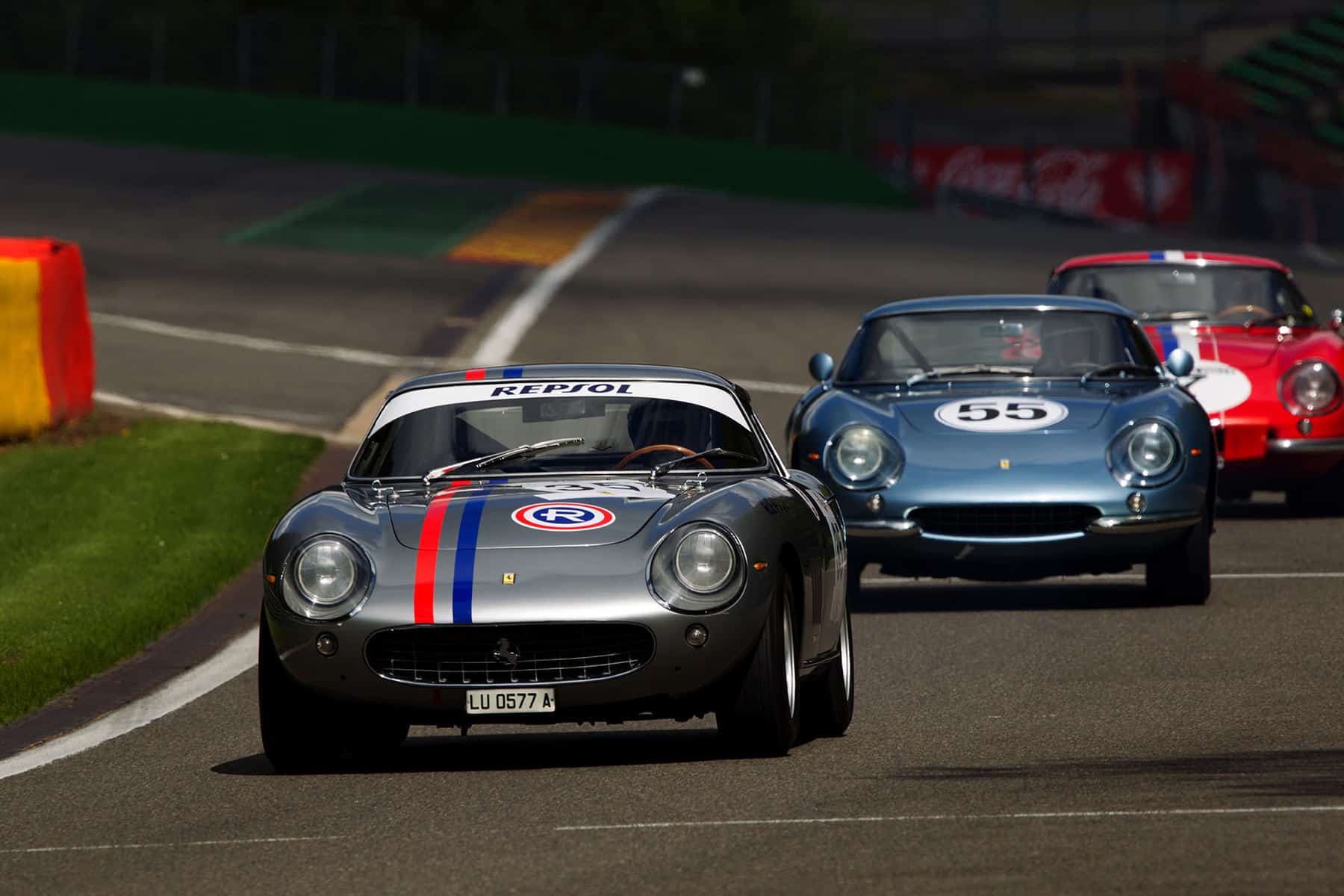
The track is perhaps best known for the sweeping combination of the Eau Rouge and Raidillion corners that send drivers up a steep hill and over a blind crest. Eau Rouge is French for red water and is a reference to the river, which the track crosses at the bottom of the hill. At that point the track veers left only to swerve right again to climb 130 feet and then left again over the crest. What makes the corner particularly challenging is that it can be taken flat out or almost so. Any time lost in the corner is made worse by the fact that it is followed immediately by the longest straight of the track. Getting the corner wrong, on the other hand, can have disastrous consequences. Interestingly, the track had been in use for nearly two decades before the Raidillion corner was added in 1939.
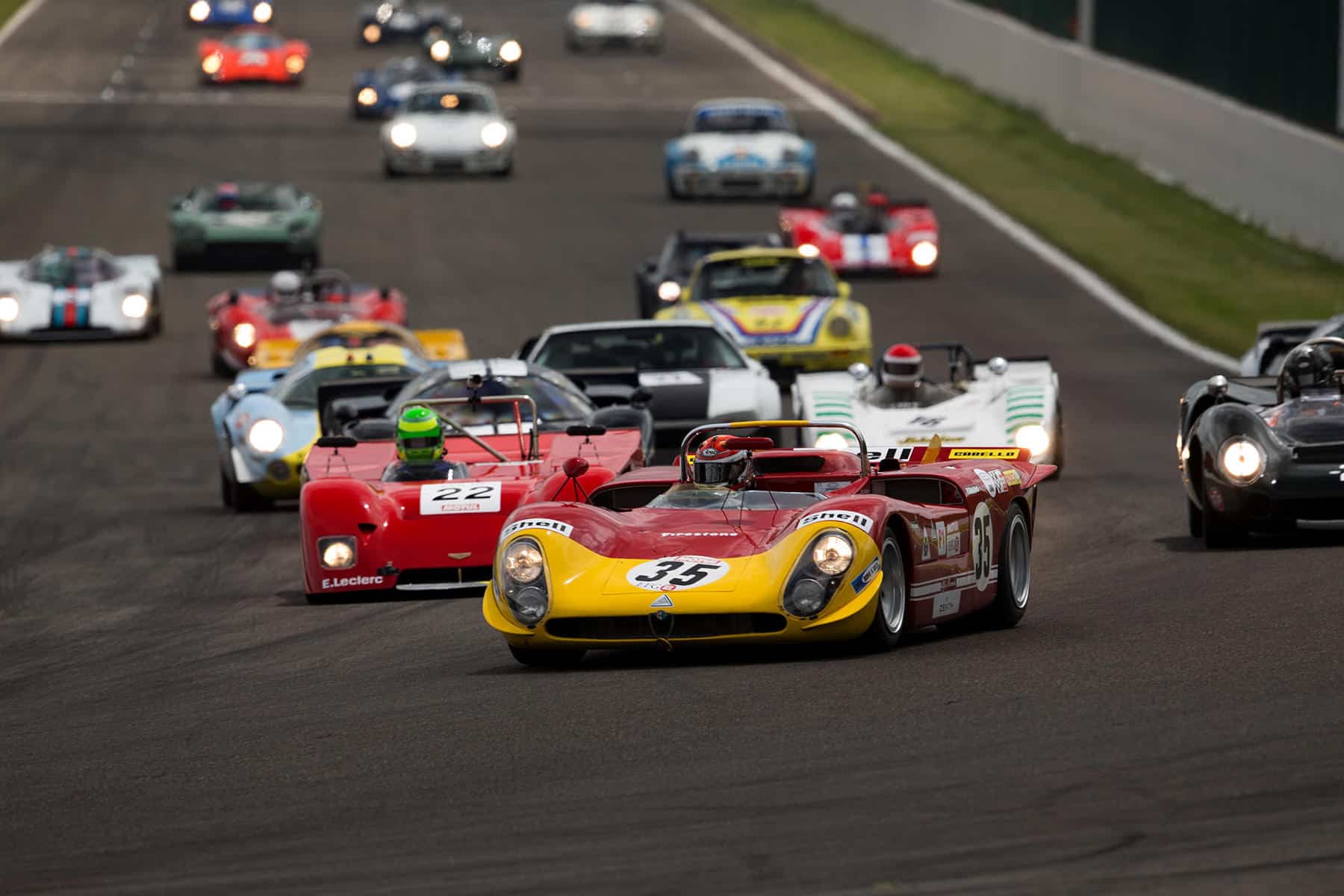
First used during the early 1920s, the track actually does not run through Spa, the town that gave the local spas their name. Instead, the original layout used public roads that connected the nearby towns of Francorchamps, Malmedy and Stavelot. Effectively a triangle in shape, the track had three very long straights – though perhaps straight is not the best description given the number of curves and even a kink around some houses on the section between Malmedy and Stavelot. That particularly dangerous section was a reason why drivers during the 1960s were not all fans of the track. Jackie Stewart despised the place after crashing heavily at the infamous “Masta” kink and being trapped under his fuel-gushing car in 1966. Several years later, he led a boycott that resulted in the 1969 Formula 1 race being cancelled.
After some Armco barriers were added, the race was back on the calendar in 1970, but the Belgian Grand Prix moved to Bruxelles-Nivelles and Zolder later in the decade. In the meantime the track was comprehensively redesigned with most of the dangerous sections eliminated with the addition of a permanent circuit section that ran from the “straight” between Francorchamps and Malmedy and the run between Stavelot and Francorchamps. What was retained in the redesign was of course the Eau Rouge-Raidillion combination and also the very fast Blanchimont left-handers in the section between Stavelot and Francorchamps. Equally daunting, the Blanchimont corners can also be taken at very high speeds and, depending on the car, flat-out. The old sections that were still part of the track remained public roads until 2000, when a new perimeter road was completed.
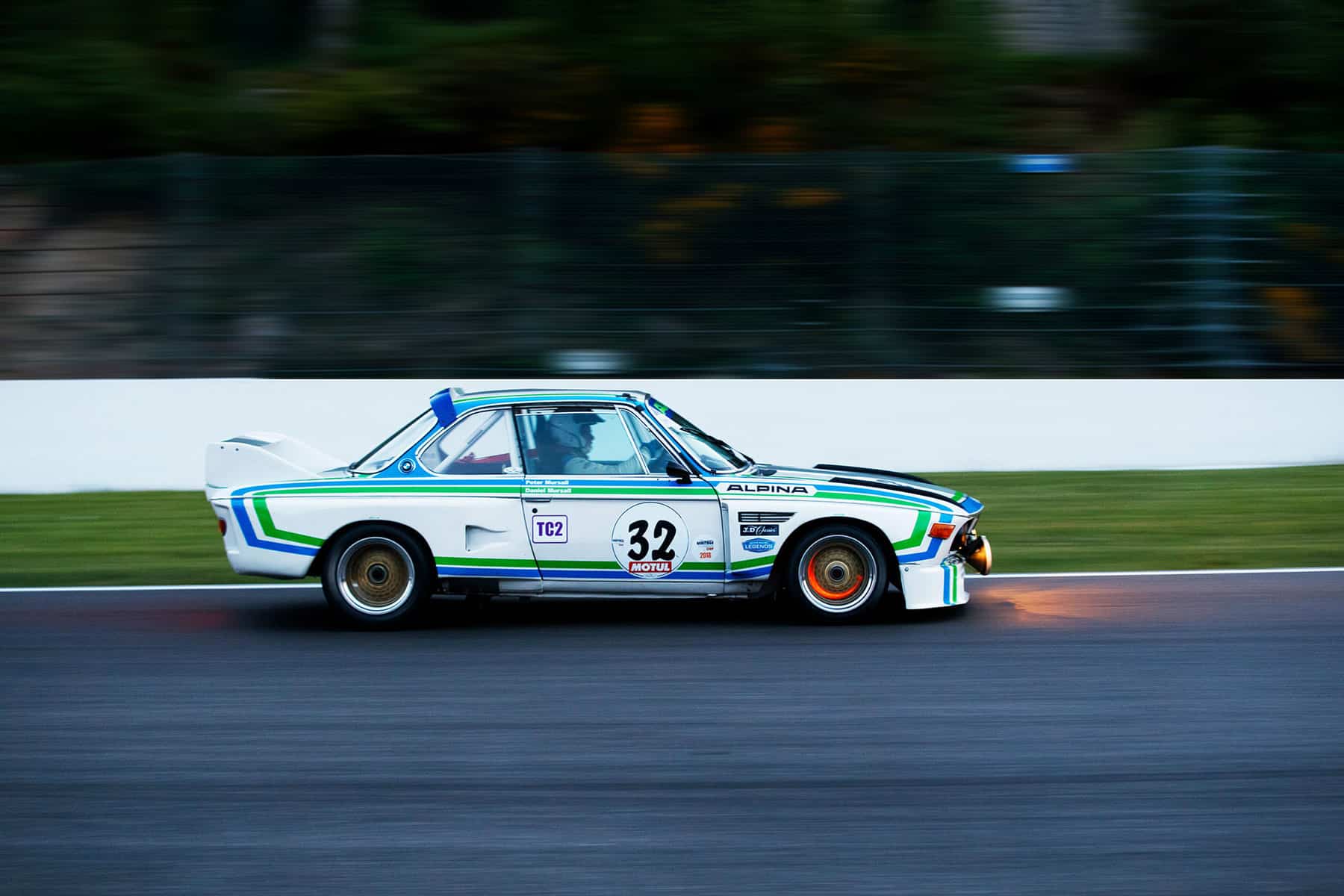
Since the redesigned track opened in 1979, there have been more subtle changes made to slow the car and to offer more run-off areas. For pure racers, like five-time Le Mans winner Emanuele Pirro, these changes do detract from the appeal of the track. “I like Spa-Francorchamps,” he says. “But I wouldn’t say it is my favorite. The shape and the vertical curves are great and unique, but there are several run-off areas that allow too many track-limit infringements. Especially at Radillon and Blanchimont.”
Pirro’s sentiment is echoed by local racer and Spa Classic regular, Raphaël de Borman. “I think we have gone a step too far, especially at the Raidillion.” There is so much runoff on the inside of the top corner that you can almost go straight over the crest, he laments. “I just cannot cut the corner on top of the Raidillion, it is against my nature, even though I know it is faster.” His preference is for Blanchimont. “It is really nice, in some cars it is almost flat but not quite flat out, and you can really gain some time on your competitors.”
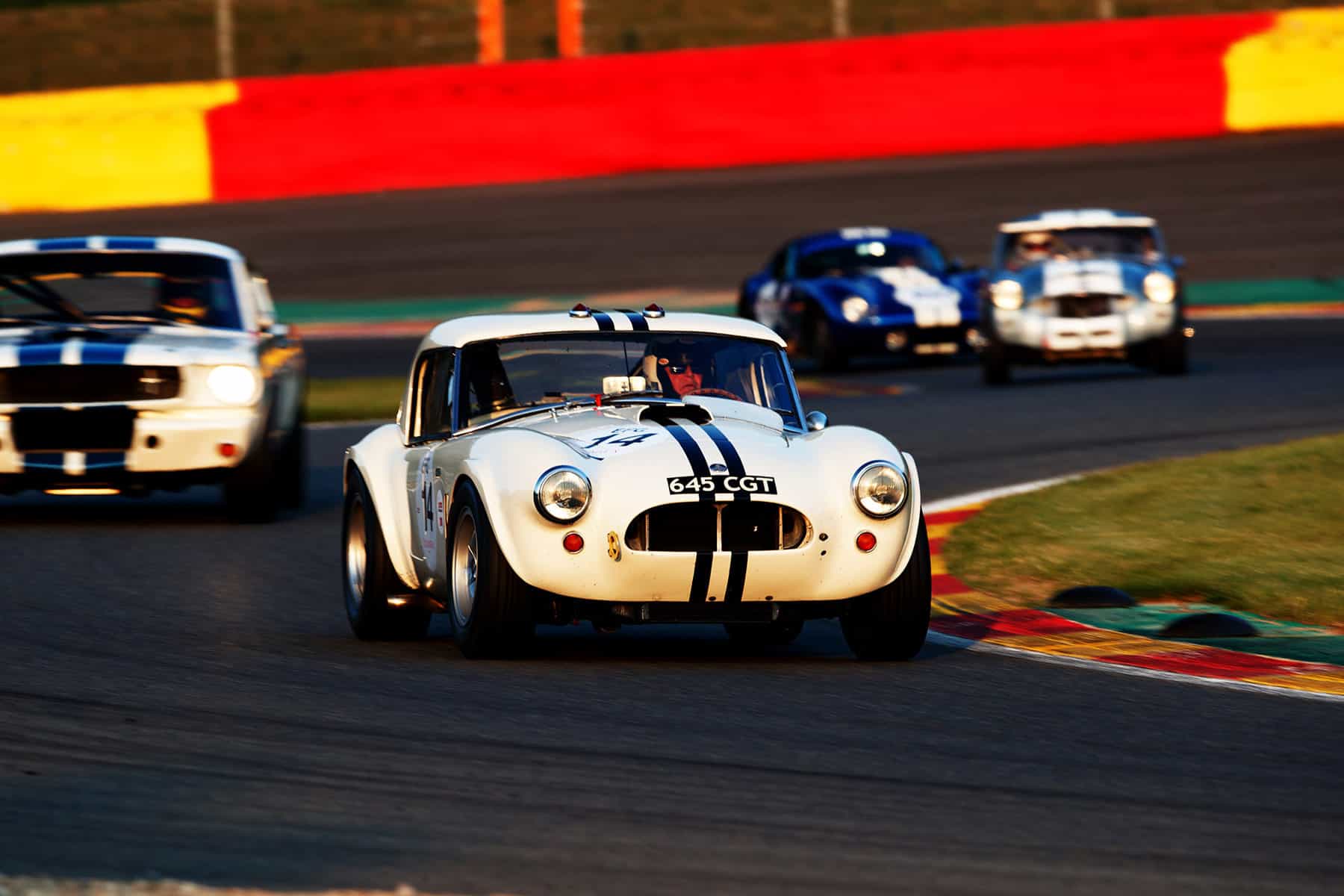
Organized by Peter Auto, the Spa Classic focuses on celebrating the history of the Spa 1000 km sports car race and the Spa 24 Hours, which has been held for both GT cars and Touring Cars. Endurance is the key word in these events – no race is usually shorter than 30 minutes, and the aptly named Sixties’ Endurance race is run over two hours. This grid features sports and GT cars of the 1950s through to the first half of the 1960s. While these are some of the older cars, sports racers through to 2010 are represented in a variety of grids. This means that the Spa Classic entry list usually includes evocative machinery like Porsche 917s and Jaguar Group C cars and, in 2019, even a Bentley Speed 8. The touring car side of the event is represented by the HTC class, which in honor of the Spa 24 Hours race features a one-hour night race.
Fords have been particularly successful in the Spa 24 Hours with, for example, a Belga liveried Capri winning the last edition on the old track in 1978 and then again the following year on the new layout. The son of a Ford dealer, de Borman’s first memory of Spa came at the 1983 Spa 24 Hours when the Capri made its final competitive appearance. His love of Fords started even earlier. “I was probably conceived in the back of the Capri,” he jokes.
During the last few editions, he raced his Belga liveried Ford Capri in the HTC class. This year he would have entered his newly built Mk1 Ford Escort but he was forced to postpone the Escort’s debut at his home track until next May. When asked about the HTC night race, he added, “I like it, because it reminds us of the days when we had touring cars at the Spa 24 Hours. Racing at night is always something special.”
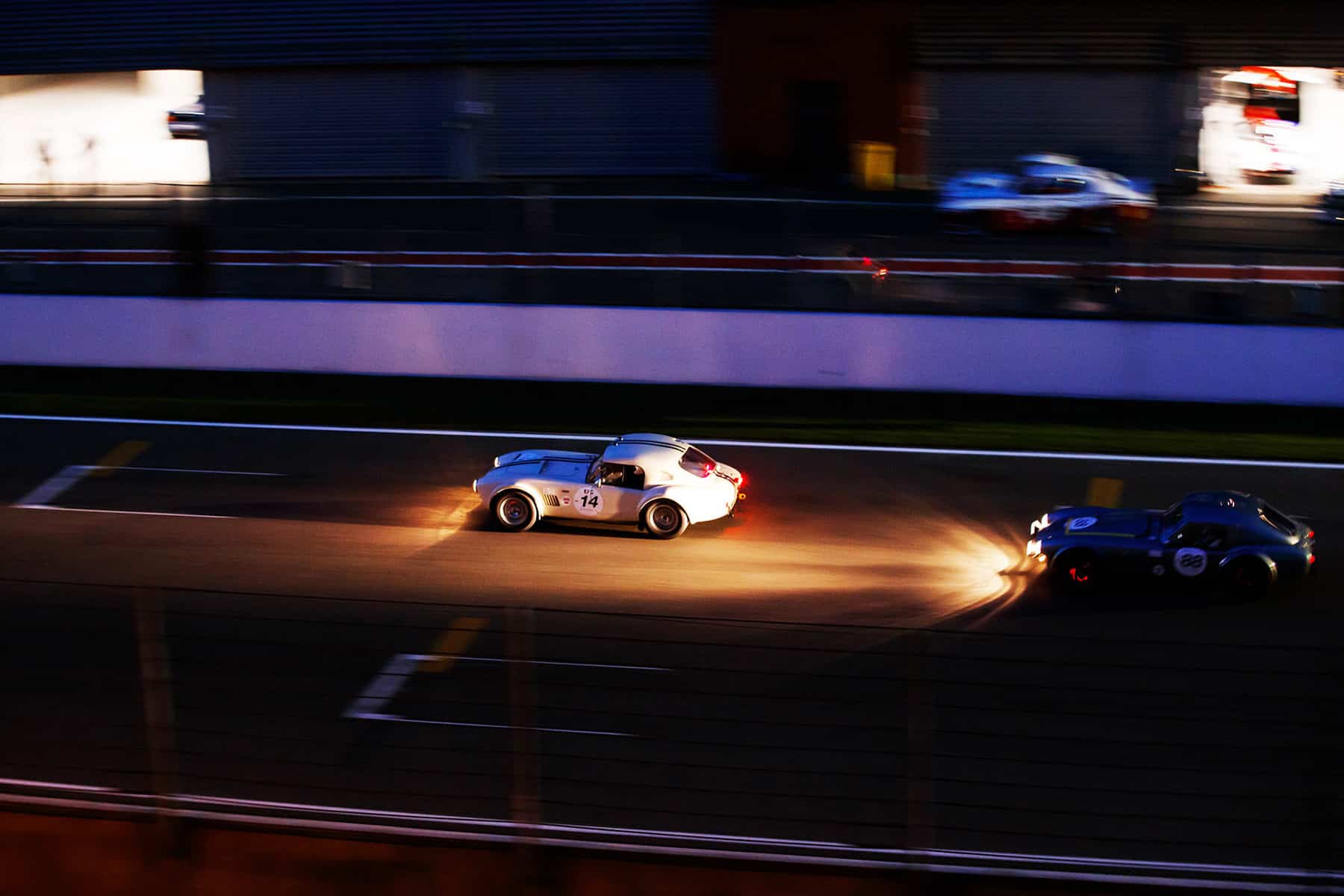
Whereas de Borman races his own cars, Pirro is usually invited to race alongside the owner. Among the cars he has raced at Spa recently was an achingly beautiful and precious Alfa Romeo Tipo 33/3 sports prototype. Racing in these cars provokes great emotions with Pirro. “Racing a classic car is for me like entering in a time machine,” he says. “I love the way they need to be driven and their ‘imperfections.’ I have the outmost respect for the drivers of the past and do not forget that they were driving these cars on very dangerous circuits.”
Pirro nevertheless is blisteringly fast in these cars and a fond personal memory is seeing him leading the Classic Endurance Racing 1 field during the opening laps against larger engined and intrinsically faster machinery at the 2015 Spa Classic. Fortunately, Pirro does not fall victim to the so-called “red mist,” the urge that pushes some racers to take it too far. “No, I never forget the value of the car. Not even for a single minute. I try to drive it as well as I can and not as fast as I can. I accept no compromises that can jeopardize the safety of the car to shave a little more off the lap time.”

In addition to enjoying the cars being raced on the Spa track, spectators can get up close and personal with the machinery thanks to the open paddocks. The relaxed atmosphere gives the fans time to admire the cars and also talk with the drivers, not all of whom are quite as famous as Pirro. The Spa Classic also offers off-track entertainment with a well-stocked infield that includes vendors of all sorts. As at most Peter Auto events, the owner clubs for a wide variety of classic car brands also have a space inside the paddock. During breaks they are even allowed on the track for some high-speed runs.
While we will have to wait another year for the tenth edition of the Spa Classic, there are several other Peter Auto events on the calendar for later in the year – but none that will be held at the unique and historic Circuit de Spa-Francorchamps.
